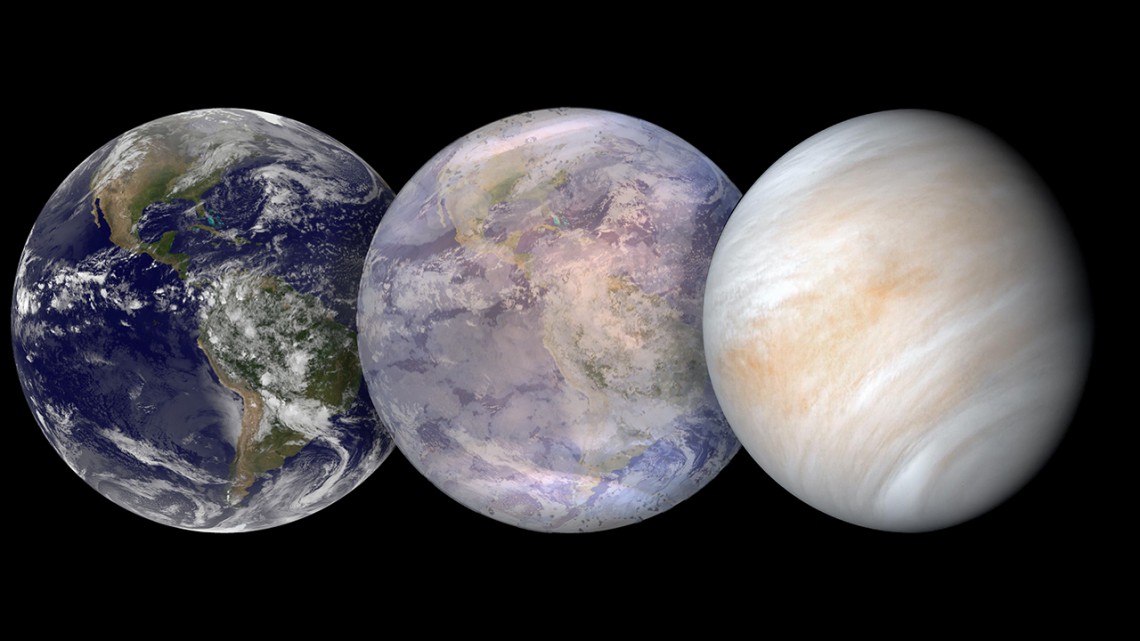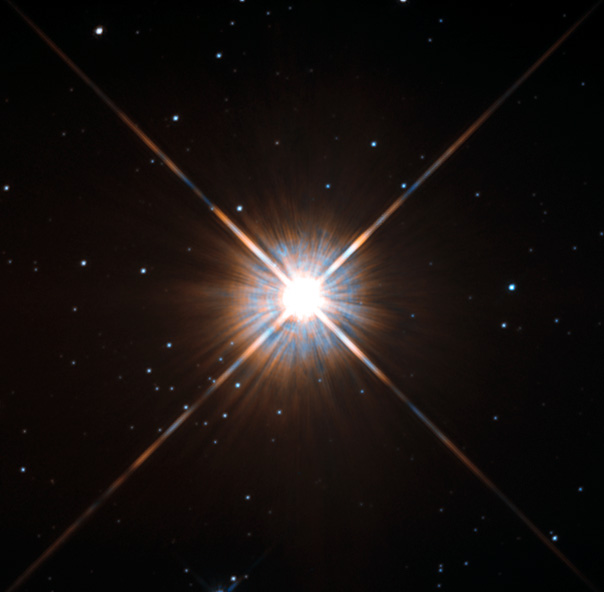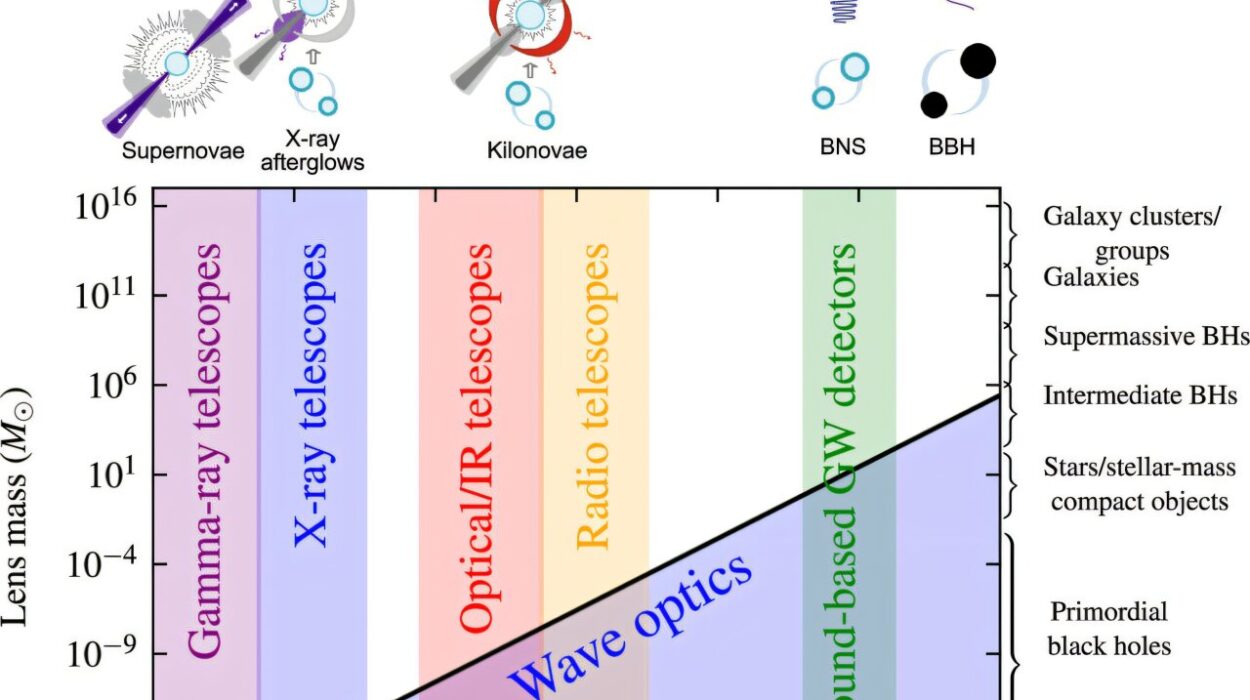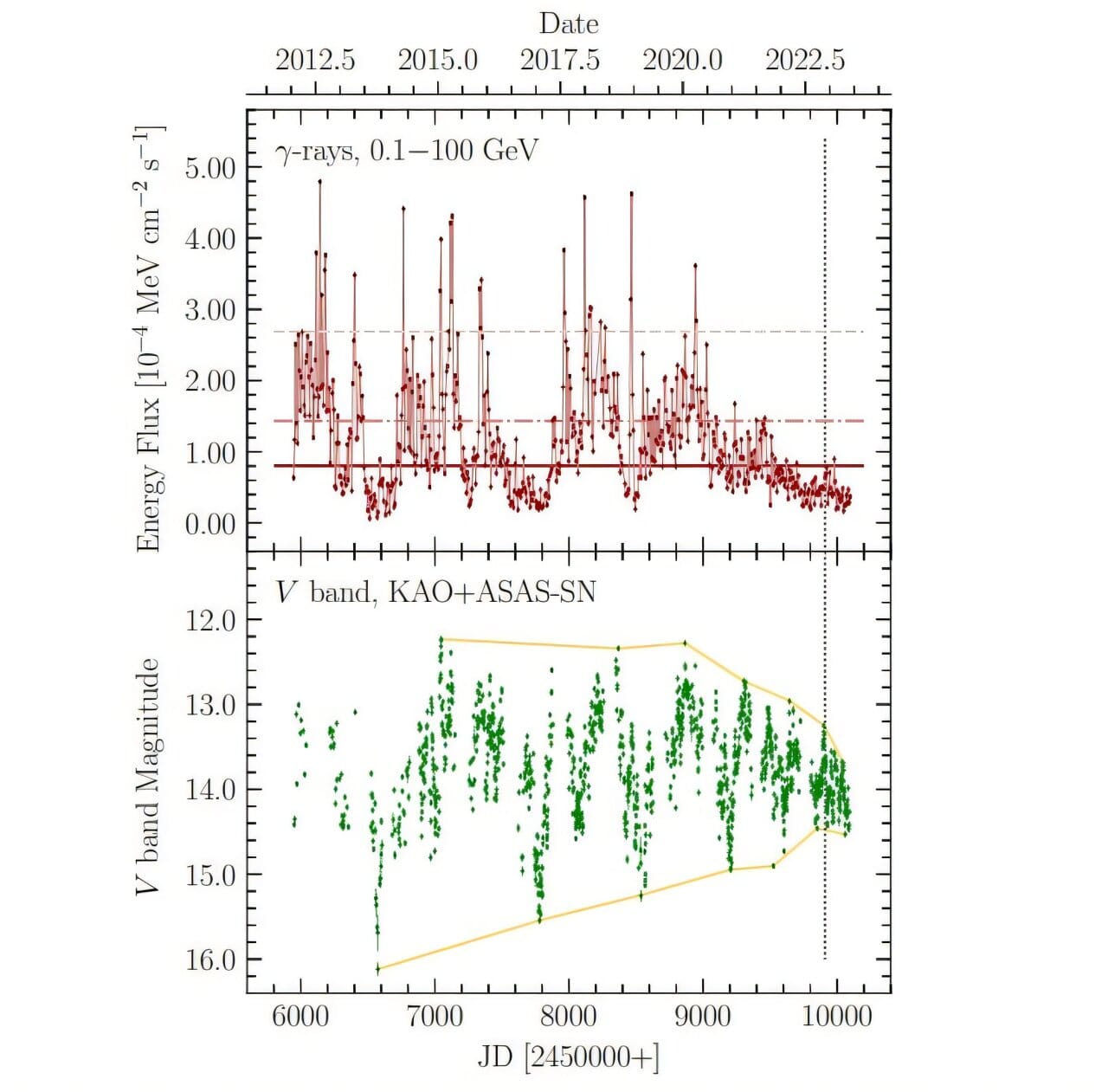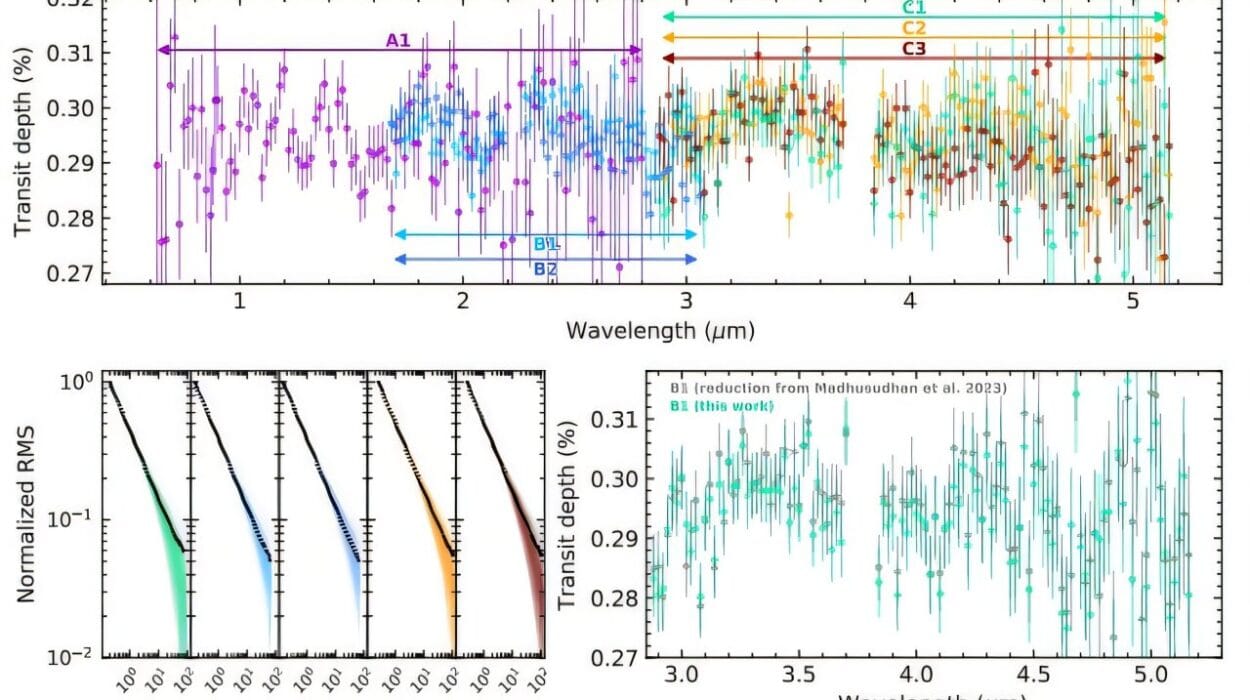The search for habitable exoplanets has become one of the most fascinating and rapidly evolving areas of modern astronomy. As our understanding of the cosmos expands, the idea that we are not alone in the universe has moved from the realm of science fiction to scientific possibility. For decades, scientists have wondered: Are there other planets out there capable of supporting life? If so, what does a habitable exoplanet look like, and how can we find one? These questions form the heart of the search for habitable exoplanets, a quest that blends cutting-edge technology, astrobiology, and our deepest philosophical inquiries about life’s place in the universe.
The Birth of the Exoplanet Revolution
The term “exoplanet” refers to planets that orbit stars outside our solar system. For centuries, humanity’s knowledge of planets was confined to the eight that orbited our Sun. It wasn’t until 1992 that the first confirmed exoplanets were discovered orbiting a pulsar, a type of neutron star. But it was the discovery of a planet orbiting a Sun-like star in 1995 that truly marked the beginning of the exoplanet revolution. The planet, named 51 Pegasi b, was a gas giant similar to Jupiter, and it was the first such planet found orbiting a main-sequence star. This discovery opened the floodgates for the study of exoplanets, and in the decades since, thousands of exoplanets have been discovered.
The idea of finding habitable exoplanets is far more recent. Before the discovery of exoplanets, scientists had long wondered about the conditions necessary for life to exist beyond Earth. The search for habitable exoplanets combines astrobiology (the study of life in the universe) with planetology, as researchers aim to identify planets that lie within the “habitable zone” of their stars — the region where conditions are just right for liquid water to exist on the planet’s surface, an essential ingredient for life as we know it.
What Makes a Planet Habitable?
Before diving into the methods and technologies used to search for habitable exoplanets, it’s crucial to understand what makes a planet potentially habitable. The term “habitable zone” (or “Goldilocks Zone”) is key to this concept. The habitable zone is the region around a star where the temperature is just right for liquid water to exist. If a planet is too close to its star, it could be too hot for liquid water, causing any potential water to evaporate. On the other hand, if the planet is too far from its star, temperatures could drop to frigid levels, causing water to freeze.
In addition to the location of the planet within the habitable zone, scientists also consider other factors when determining whether a planet could support life. These include:
- Atmosphere: A planet must have an atmosphere that can protect and support life. The atmosphere regulates temperature, provides essential gases like oxygen and carbon dioxide, and shields the surface from harmful radiation.
- Size and Composition: The planet needs to be roughly the size of Earth, meaning it has sufficient gravity to retain an atmosphere but is not so massive that it becomes a gas giant like Jupiter. It also needs to have a solid surface, which is why rocky planets like Earth are considered prime candidates for habitability.
- Stellar Activity: The host star must be stable enough to support life on the planet. Stars that experience frequent and intense radiation bursts could be harmful to life, while stars that are too faint might not provide enough warmth for a planet to maintain liquid water.
- Magnetic Field: A magnetic field protects a planet from solar and cosmic radiation, which could otherwise strip away the atmosphere and harm potential life forms. Earth’s magnetic field plays a crucial role in shielding our planet from these harmful effects.
- Orbital Stability: A planet’s orbit must be stable over long periods to maintain the conditions necessary for life. Highly elliptical or erratic orbits could lead to extreme temperature fluctuations that make the planet uninhabitable.
In summary, a habitable exoplanet is a rocky, Earth-like planet situated in the habitable zone of its star, with an atmosphere capable of supporting life and a variety of other conditions that make life possible.
How We Search for Habitable Exoplanets
The search for habitable exoplanets is a multifaceted endeavor that involves a variety of techniques and technologies. Scientists use several methods to detect exoplanets, each with its own advantages and limitations. Let’s explore the main methods used in the hunt for potentially habitable worlds.
1. The Transit Method: Watching for Dips in Starlight
One of the most successful techniques for detecting exoplanets is the transit method. This method involves observing a star’s brightness over time. When a planet passes in front of its host star (from our point of view), it causes a slight, temporary dip in the star’s brightness. This phenomenon is known as a “transit.”
The transit method is particularly useful because it allows astronomers to determine several important characteristics of an exoplanet, such as its size, orbital period, and distance from its star. If the planet is in the habitable zone, it becomes a prime candidate for further investigation.
The Kepler Space Telescope, launched in 2009, revolutionized our understanding of exoplanets using the transit method. Kepler’s mission was to monitor over 150,000 stars for signs of transiting planets, and its results were nothing short of groundbreaking. Over its nine-year mission, Kepler discovered more than 2,600 exoplanets, many of which were Earth-sized and located in the habitable zone of their stars. Kepler’s data helped establish that small, rocky planets are common in the Milky Way galaxy, and many of them are in the habitable zone.
Though Kepler was decommissioned in 2018, its successor, the Transiting Exoplanet Survey Satellite (TESS), continues the search for habitable exoplanets, focusing on brighter stars that are closer to Earth. TESS has already discovered a host of exciting candidates that may harbor life.
2. The Radial Velocity (Doppler) Method: Sensing the Gravitational Tug
The radial velocity method, also known as the Doppler method, is another widely used technique to detect exoplanets. This method relies on observing the “wobble” of a star caused by the gravitational pull of an orbiting planet. When a planet orbits a star, it exerts a gravitational force that causes the star to move in a small orbit of its own, typically around the center of mass between the two objects.
This movement causes a shift in the star’s light spectrum — a phenomenon known as the Doppler effect. When the star moves toward Earth, the light shifts to shorter wavelengths (blue shift), and when it moves away, the light shifts to longer wavelengths (red shift). By measuring these shifts, astronomers can determine the presence of a planet, its mass, and the shape of its orbit.
While the radial velocity method is excellent for detecting massive planets like Jupiter, it can also be used to detect smaller, Earth-sized planets if they are located close enough to their stars. The key to detecting habitable exoplanets using this method is to find planets that exhibit minimal wobbling, which may indicate a smaller, rocky planet with a stable orbit in the habitable zone.
3. Direct Imaging: Capturing a Planet’s Light
Direct imaging is perhaps the most exciting — and challenging — technique for detecting exoplanets. Unlike the transit or radial velocity methods, which rely on indirect measurements, direct imaging involves capturing an actual image of the exoplanet and its star. This method is particularly useful for detecting large, young planets that are still glowing faintly from the heat of their formation.
To capture these planets, astronomers use powerful telescopes equipped with advanced instruments like coronagraphs or starshades, which block out the light from the star, allowing the faint light from the planet to be detected. The challenge lies in the fact that stars are incredibly bright compared to their planets, so the technology must be able to distinguish the planet’s light from the overwhelming glare of its host star.
Although direct imaging has so far been used mainly to study gas giants, it is an emerging tool for studying smaller, rocky planets in the future. In fact, the James Webb Space Telescope (JWST), set to launch in 2021, will be capable of observing the atmospheres of exoplanets using direct imaging, allowing scientists to search for signs of habitability, such as water vapor or oxygen.
4. Gravitational Microlensing: Using a Star as a Magnifying Glass
Gravitational microlensing is a technique that exploits the gravitational effects predicted by Einstein’s theory of general relativity. When a massive object, such as a planet, passes in front of a distant star, its gravity can bend and focus the light from that star, creating a temporary brightening of the star’s light. This “lens” effect can reveal the presence of the planet.
Gravitational microlensing is particularly useful because it can detect planets that are far from their stars, including planets that are difficult to observe using other methods. Microlensing has also been instrumental in discovering exoplanets that are similar in size to Earth and could potentially be located in the habitable zone of their stars.
5. Atmospheric Analysis: The Search for Biosignatures
Once an exoplanet is detected in the habitable zone, the next step is to investigate its atmosphere for signs of habitability or even life. The atmospheric composition of a planet can be studied using spectroscopy, which analyzes the light that passes through or is reflected off the planet’s atmosphere.
If a planet has an atmosphere, scientists can look for specific chemical markers or “biosignatures” — gases like oxygen, methane, and carbon dioxide — that might indicate the presence of life. For example, a combination of oxygen and methane in a planet’s atmosphere is highly unusual because these gases would normally react with each other and break down. The fact that they exist together in Earth’s atmosphere is a strong indicator of biological activity, as life on Earth constantly replenishes these gases.
The James Webb Space Telescope, which is designed to study exoplanet atmospheres in unprecedented detail, will be a key instrument in the search for habitable exoplanets. Its ability to detect chemical signatures in the atmospheres of distant planets will be a major milestone in the search for life beyond Earth.
The Future of the Search for Habitable Exoplanets
The search for habitable exoplanets is still in its early stages, but we are already making remarkable progress. With the advancement of new technologies, including the James Webb Space Telescope, starshades, and more powerful ground-based observatories, scientists are poised to make groundbreaking discoveries in the coming decades.
The discovery of an Earth-like planet in the habitable zone of a nearby star would be a monumental moment in human history, confirming that life could exist beyond Earth. Whether we find a planet that supports life, or simply one that has the conditions necessary for life to arise, the search for habitable exoplanets will continue to push the boundaries of our understanding of the universe and our place within it.
In the end, the quest for habitable exoplanets is not just about finding another Earth — it’s about exploring the cosmos, asking profound questions, and daring to imagine that we are part of something much larger than ourselves. It is a journey of discovery that will shape the future of science and human civilization for centuries to come.
